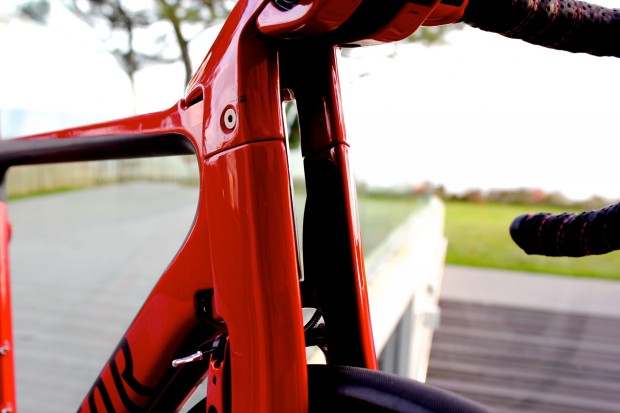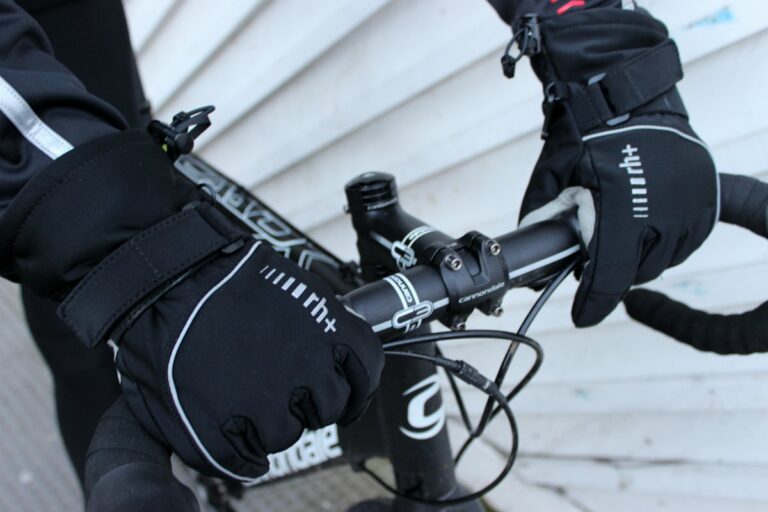While discussing the Factor Vis Vires with the Ed, a familiar topic resurfaced.
You may have gleaned from my blogs that I enjoy the equipment almost as much as the ride; indeed I am a sucker for the new and the shiny. I have huge respect for the continued ingenuity and intelligence of the designers of the machines that we desire, but I wonder how much further and faster they could go freed from red tape.

Now I know that we enjoy a sport where man vs. man is the main show and we do not want the UCI WorldTour turning into Formula One. I am not suggesting we should change that basic premise, one thrown into stark relief this week by news that Fabian Cancellara is planning to tackle the ‘athletes hour record’, itself a creation of the UCI, which retrospectively expunged the marks set by Boardman and rival Graeme Obree achieved with a ‘superman’ position and then-radical tri bars (Boardman, of course, later claimed the athletes record on a conventional track machine).
I personally look back with fond memories to a time when Laurent Fignon versus Greg Lemond also meant a battle of the bikes: the aero handlebar against the Frenchmen’s ponytail, if you will. But we now have a situation where you or I, given enough money, can specify a top end Cannondale, Trek, Specialized or such like to weigh nearly 1.5kg less than the legal UCI limit while our racing heroes have their mechanics add weight to bring bikes back up to regulation heft. Surely this is against the spirit of these very rules?
When you look at some of the components available to strip weight – and here I am thinking of EE Cycleworks brakes, Cannondale SI cranks, Tune hubs, anything by Enve, to name but a few – it does make you wonder what the big guys could do with a clean piece of paper, unencumbered by the UCI big wigs.
Before the world governing boday became involved in such things, at a time when Specialized and Cannondale were making early forays into the peloton, both manufacturers would show “concept bikes” at the major trade gatherings. These bikes may have been the wild imaginings of the men who designed them and were often impractical, but as well as impressing the crowds, they usually had some element that could be relied upon to make the leap to production.

With some hardtail mountain bikes now built ‘ready to race’ at well under 9kg, the road bike connoisseur can’t help imagine how light a bike to be raced on tarmac could be. Most framesets are designed to take the components of Shimano, SRAM or Campagnolo, yet Honda et al tend to manufacture 70 to 80 per cent of their motorcycles from scratch. Surely there must be an Adrian Newey-type figure just waiting to design an entire bicycle from the ground up, utilizing an integrated approach without compromise to the components of third parties, however well-established those manufacturers might be. Can you imagine McLaren finishing their latest F1 challenger only to buy in the rear wing?
We see this approach bubbling under from the likes of Factor and must give a nod to LOOK, whose 695 AeroLight certainly points the way towards an all-encompassing design philosophy. The French brand’s integrated carbon chainset and elegantly concealed brakes, and Factor’s approach to fork and stem arrangements, certainly gives hope for what might follow.
I for one would like to see this philosophy flourish and produce an ever faster and lighter selection of super bikes that would up the ante both for intrigue and spectacle. Perhaps the next significant modification – one that would allow others to follow – should be made to UCI regulations.





